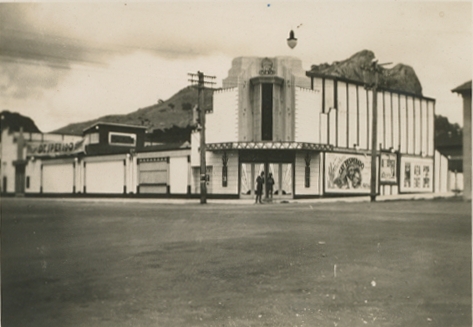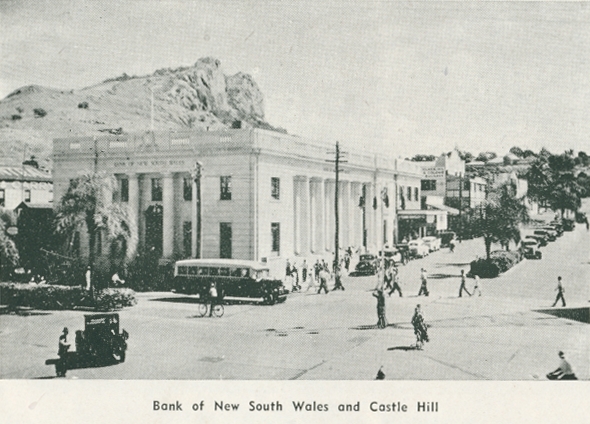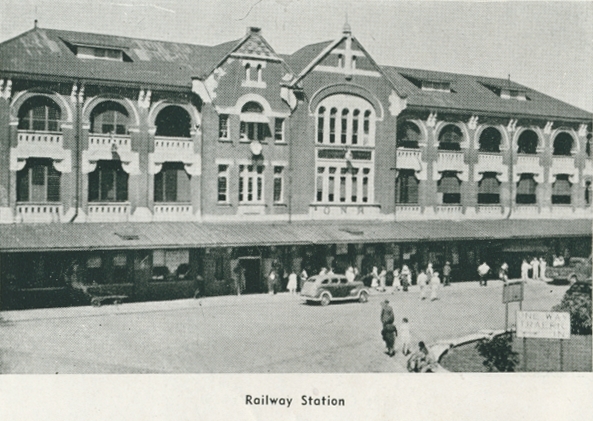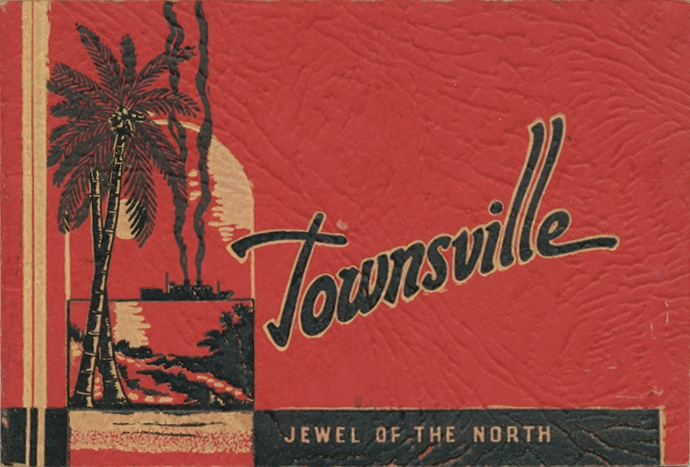Olympia Theatre, Townsville





Townsville, Queensland's largest city outside the Brisbane-Sunshine Coast-Gold Coast conurbation, is 1150 km north of Brisbane. Situated on Cleveland Bay, its flat landscape is overlooked by the red rock monolith of Castle Hill, known by the Wulgurukaba people as 'Cudtheringa'. Already a major port in the 1880s, Townsville's rail link to Brisbane opened in 1923. The city soon developed a large industrial workforce with a reputation for radicalism.
Helga Griffin, Frontier town: a history of early Townsville and Hinterland 1864-1884, North Queensland History Preservation Society, 2014
G. Copeman. et al, 'It was a different town': being some memories of Townsville and district 1942-1945, Thuringowa Central, Thuringowa City Council, 1992
Sonia Davis, et al, Townsville yesterday - in pen and picture, Townsville, North Queensland Newspaper Co., 1978
Dorothy Gibson-Wilde, Gateway to a golden land: Townsville to 1884, Townsville, History Department, James Cook University, 1984
Dorothy Gibson-Wilde, et al., Townsville 1888, Townsville, Department of History [and Politics], James Cook University, 1990
Daryl McIntyre, Townsville at war 1942: life in a garrison city, Townsville, Townsville City, 1992
H.J. Taylor, The history of Townsville harbour, Brisbane, Boolarong, 1980
Townsville 2000: the port that grew, Townsville, North Queensland Newspapers, 2000
John Mathew, Highways and byways: the origin of Townsville street names, Townsville, Townsville Library Service, 2008
Aitkenvale, Alligator Creek (Townsville), Annandale, Belgian Gardens, Cluden, Condon, Cranbrook, Currajong, Douglas, Garbutt, Gulliver, Heatley, Hermit Park, Jensen, Magnetic Island, Mount Louisa, Mundingburra, North Ward, Pallarenda, Pimlico, Railway Estate, Rosslea, South Townsville, Stuart, Thuringowa, Vincent, West End (Townsville) and Wulguru entries
Copyright © Centre for the Government of Queensland, 2018. All rights reserved.
